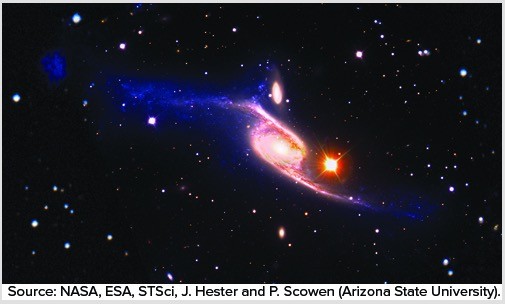Scientists predict that even if atmospheric greenhouse gas concentrations were to remain at current levels, additional warming of Earth is unavoidable. Explain two mitigation approaches (one regulatory and one economic incentive) that are currently being
employed.
What will be an ideal response?
Regulations currently in place involve the U.S. government regulations for automobile mileage, known as the CAFÉ standards. The current CAFÉ standard for automobiles is 27.5 mpg. Since these standards are aimed at reducing fuel use, it has had a significant effect on CO2e emissions. European Union countries are regulating a diminishing dependence on fossil fuels, with an increasing proportion coming from renewable sources.
Economic incentives have been demonstrated by the current European Union cap-and-trade policy regulating greenhouse gas emissions from electric utilities. In this approach, after the regulatory cap has been determined for each electric utility, the utility manager may choose to reduce their emissions to meet this standard, or alternatively, they may purchase credits from other utilities whose CO2 emissions are below the cap. Gasoline taxes being employed by most industrial countries are another example of an economic incentive approach to reduce greenhouse gas emissions.
You might also like to view...
Why was Indonesia so poor when it gained its independence from the Dutch in 1949?
A) Civil war drained resources and stifled manufacturing. B) Indonesia had no marketable products. C) The Dutch had used Indonesia largely for its tropical crops and invested little in transportation, health, or education in the region. D) It suffered several years of drought and famine. E) Indonesia had accumulated high levels of international debt.
Freeze/thaw cycles contribute to soil creep
Indicate whether the statement is true or false
A(n) ____________________ stream originates in a humid region but flows across a desert region with enough discharge to reach the sea
Fill in the blank(s) with correct word
What will likely happen to this object in the future?
A. The material will continue outward and remain in interstellar space or become incorporated in other objects. B. It will continue to consume its hydrogen through nuclear fusion and will emit electromagnetic radiation. C. The ejected material could be disbursed, with the material remaining in proximity to it. D. It will continue to evolve with stars going through their evolution.